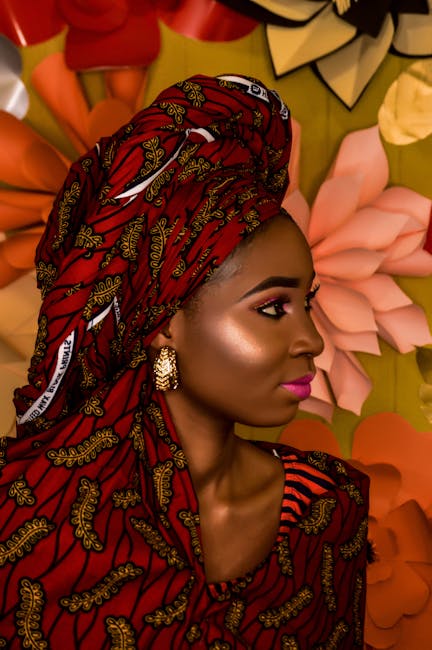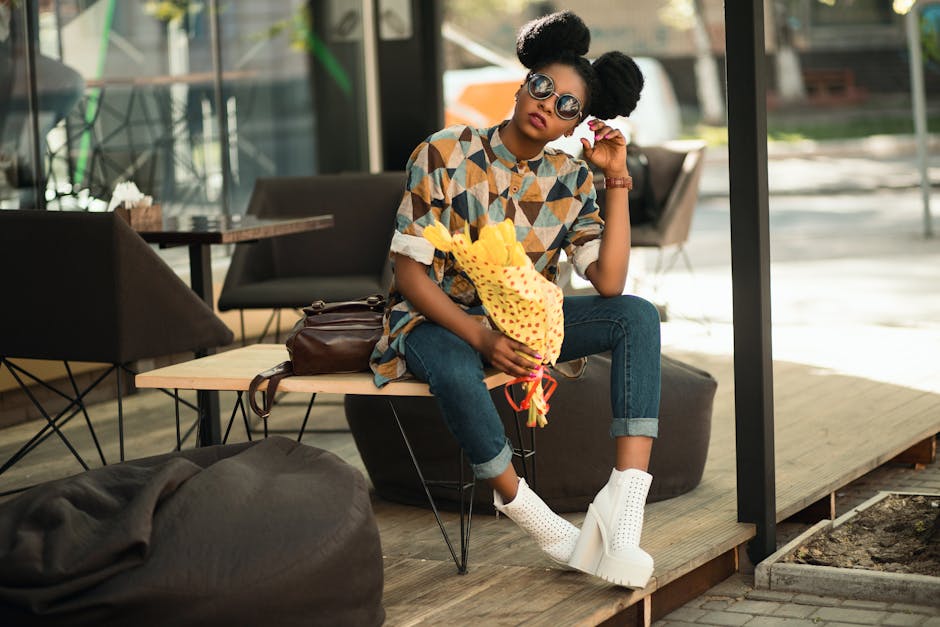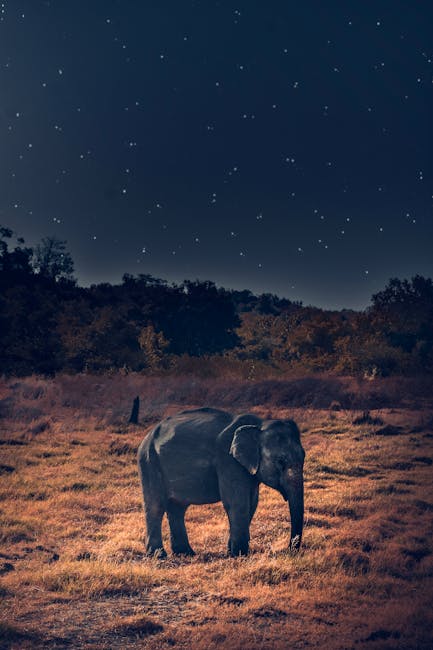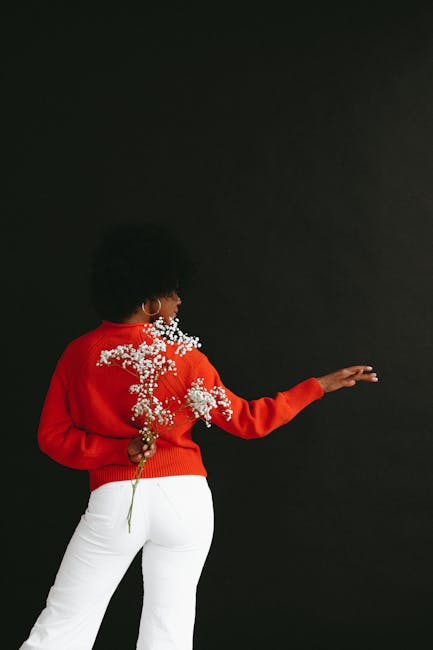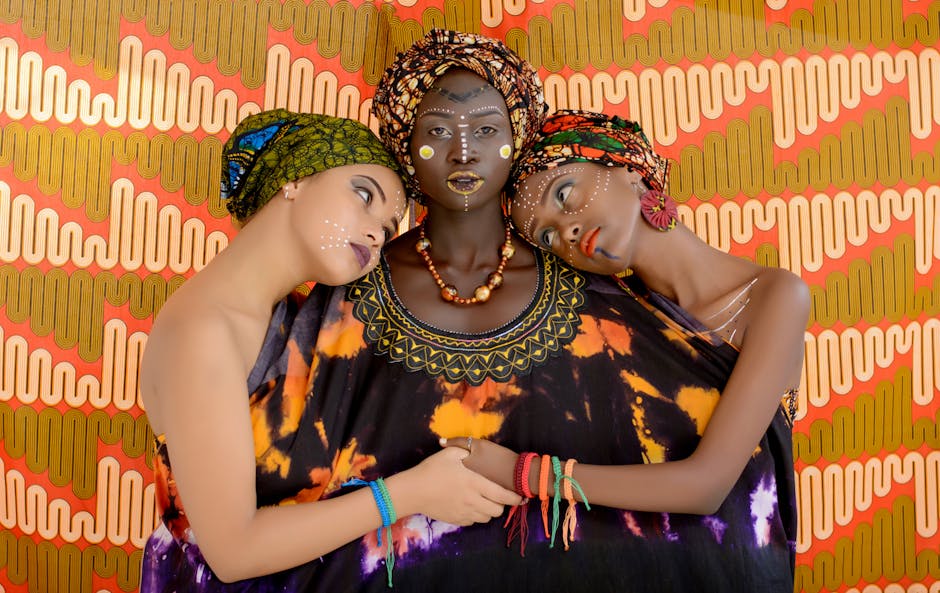https://www.youtube.com/embed/Swrr92xQy2w
i think the concept of reworking and reinterpreting another designer's work is very exciting i think it creates an opportunity for there to be creative tension i love the idea of reinterpreting that actually i even more love the idea of creating a moment between two identities to culture a moment of meeting whatever this is in my favorite color already rice wow gorgeous when i opened the box from valentino for the very first time i was incredibly nervous because i'm a bit of a planner so i like to know what i'm getting in advance beautiful but it was completely kept a secret so when it arrived i opened up the box and was this beautiful fuchsia pink oat couture dress with these incredible pleats laying it on the table you really start to appreciate the level of work and craftsmanship that has gone into this garment and it's quite a lot of fabric on it not only the silk taffeta but inside it's lined with a very soft pink teal and then under there a very hard and even harder tool it really is a work of art and you almost have to just stand and be really arrested by its beauty even if it does come apart i think we will just replete the section that we need yeah stressful but it'll be okay it was very exciting this idea of reworking and recontextualizing another designer's pieces because it speaks to the conversations we're having already around this idea of overproduction you know instead of making new things let's look at what we already have and try and upcycle and reinterpret and change that the look that tab sent me was the very classic contemporary suit done with the blankets from his history his heritage i love the idea of reinterpreting i even more love the idea of creating a moment between two identities to culture i'm italian we are here in roma and we're working on a work of a human that comes from another part of the world and i wanted to get this heritage into my own culture which is the culture from a conversation always comes something something different especially when when you talk with people that are different from from you that have different stories of course i still feel that fashion is a self-expression is a language actually the the things that impressed me the most was this letter the one that tebby sent me he says something that is very moving to me and parallel tribe called the bassot and blankets form a very big part of our culture so i wanted to light this fabric but also this his culture and so that was the very starting point of this collaboration work or interpretation whatever you are calling i often say i'm not a great verbal communicator so to make up for that i use my clothes in a way to almost speak on my behalf i really wanted to take this out couture piece and move it into my universe my context and especially my way of working which is more in a really to wear context so for the dress i'm thinking it's going to break my heart but i'm going to completely unpick it remove the skirt part remove the top part and use one of my patterns to re-cut it as a very elevated trench coat and with the leftover fabric i think we're going to create a wide leg pair of pants with a very generous cuff on it and a matching shirt the cape is the the purest expression of future because it's so simple so pure and it's done with uh just cut and super knot decoration we deconstructed the suit actually and we we are applying the suit the the fabric on top of the cape giving shape to the cape but using the blanket as an embroidery saw between the cape as expression of couture and the blanket that is expression of debbie's culture i think this creates a conversation and a good tension between our history and his heritage i was very excited to work with pia paolo on this project i deeply respect what pierre paulo does as a as a designer i think his relationship to color his relationship to proportion is so fresh and i think he's certainly contributed to the changing conversation around what old creature is i love it clip there and it creates a really beautiful shaped hat i thought tepe has something to say he's from south africa which is i think it's difficult it's not exactly in the middle of fashion i think we share same values because talking about identities being faithful to who you are trying to face another world i think it's it's interesting i think the connection has to be human first of everything actually i don't have idea of what tev will do i sent him a very say classic in volume future tough address and i hope that he will handle it in his own way i think i've been respectful of his work but i've worked with my own instruments and i hope he will do the same i expect that he's going to do the opposite of what i'm doing so taking something uh and ready to it and moving it into his very high old couture universe i'm almost doing the opposite in a lot of ways taking this incredible piece that he's created at valentino and moving it into ready to wear where more people essentially can't see themselves in it what i did there was a exactly the mix between creating something which was the connection between your uh identity and my own identity it was actually quite intimidating because it arrived in like a very big metal flight case with not only one but like two keys but once we opened it you really get such a even bigger appreciation of like okay turn what uh pia pilot does because you know it's it's precision to look absolutely effortless you know and everything like nothing was out of place and i think the exciting challenge with it was using absolutely everything the zips the corsetry um the construction the tube i felt like if i was going to un-pick the beautiful cleats um on the waist i was going to just get struck down by lightning so we just preserved all the plisay pleats and moved it into the armhole and then the white tube that was inside the dress um we took for dying with this incredible dye master called paul in the south of johannesburg and we matched the pink to the exact level um as the as the original fabric on top so there was a lot of there was a lot to play with it was a lot of fabric right it was a lot of memory as i told you i love the the fact that this this fabric was originally a blanket and was it was definitely part of your culture i i wanted to be to yes to light the your identity your culture and your heritage with something that could be uh more like italian kind of cucu it's like a melting between the two the cape is a symbol of you know italian madonnas the renaissance culture and it's also a symbol of cujul because it is the purest shape in couture the fabric was the the starting point of the process and so what we did was to cut the the fabric in order to give it a different placement to a light the the fabric itself so i used a different fabric because there were not as much to to yeah i wanted to use the fabric as the embroidery itself or the of the game i'm very happy of you know this this the connection we created because i felt that even in yours there's something something that came out from our meeting and that's it so it's not something that i could do alone or nor you could do alone so yeah it's the result of the meeting of two humans which i like in my own work i really do love throwing opposites together just that idea of things that shouldn't even be together just like being meshed into one thing i think that's where a certain magic can happen the final look reflects the respectful conversation we we have in a way it reflects the roots of table his tribe it became a suit and now he had a new transformation becoming a cape because of how i grew up i used to be so embarrassed about everything around me but like i've made it my own personal mission to almost take that and move it into the echelons of luxury you know i think people have really stale ideas about what african fashion is i just want to show people that we're very nuanced so it's like a cape in a facing contemporary and it's of course the end of this path we had with tabeth i just hope that tebbe will recognize himself i think when you explore collaborative efforts like that and you test things that are very disparate i think when they come together it forms something new altogether something challenging and i think this project was exactly that i'm very happy i have to say that what i saw because at the end the challenge was to to reflect two stories to identities two big cultures melting together into something that could reflect both together you
